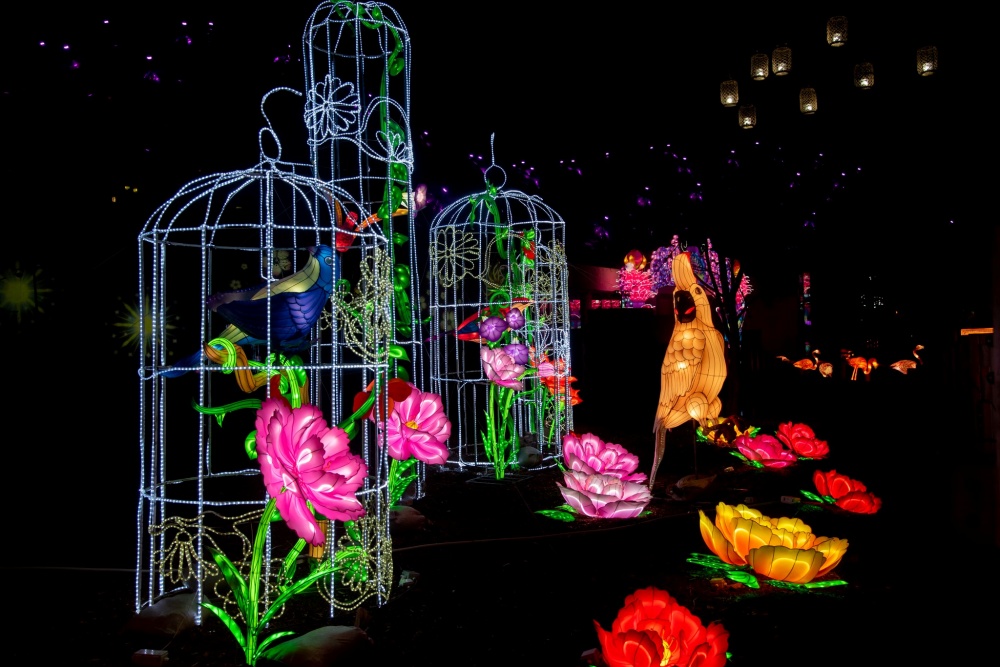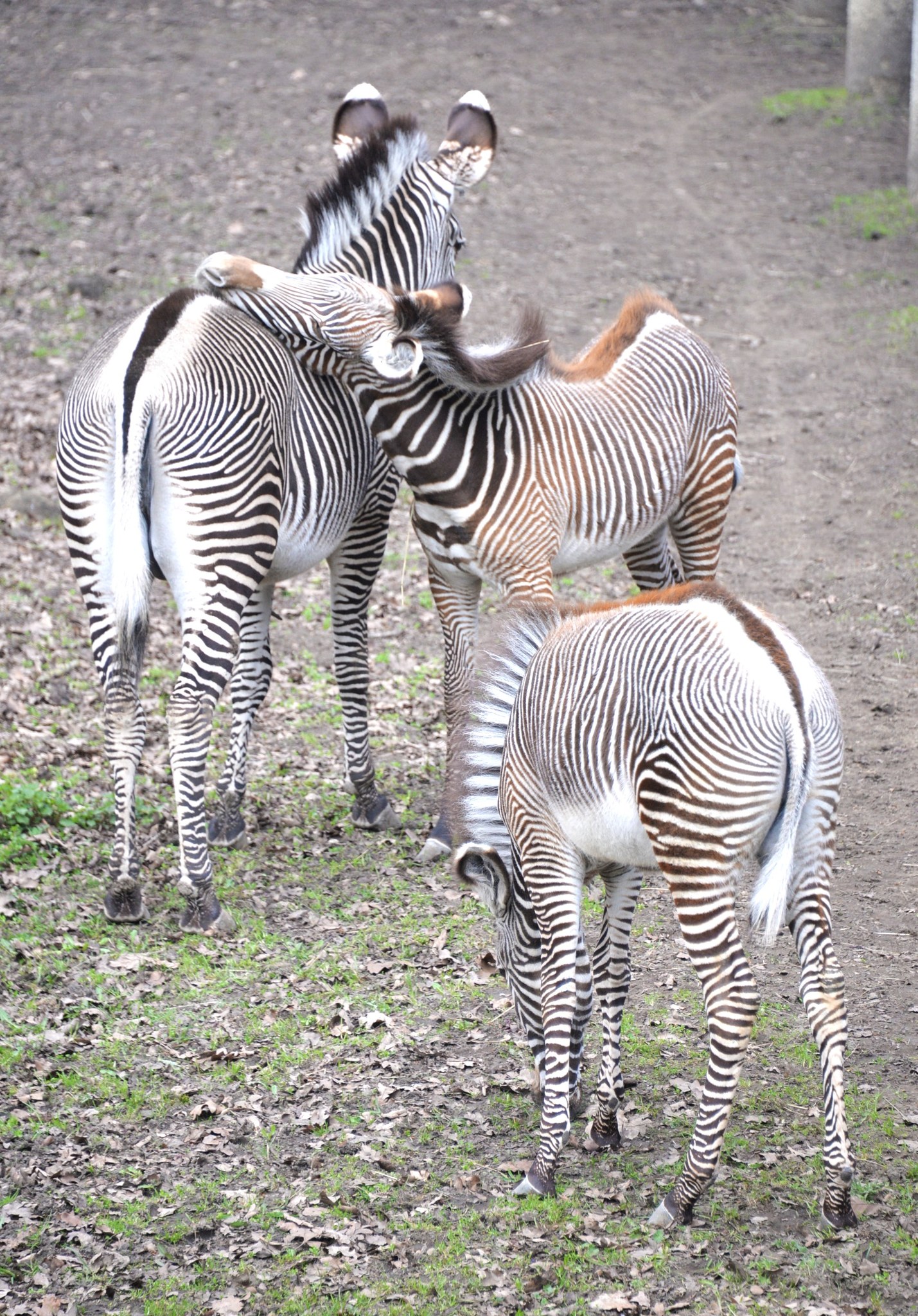
The public can enjoy an atmospheric lantern parade every evening until April 21.Continue reading

Two Grévy’s zebras (Equus grevyi) were born at the end of last year at the Nyíregyháza Zoo (northeastern Hungary), and the public can now see the local breed of the rare zebra species in the paddock.
The foals were born to two separate mothers and have been growing in the park’s heated stables. They are currently in a separate outdoor enclosure and are gradually being introduced to the other inhabitants of the African ungulate enclosure, said Zsuzsa Révészné Petró, head of the zoology department at the park.
She explained that for the first six to seven months of their lives, their diet consisted mainly of mother’s milk, but after 30 to 40 days they started to taste fibrous food.
One of the two females came to Nyíregyháza from Germany and the other from a Dutch zoo, while the male was born here and is now living in another zoo as part of the breeding program.

Photo via Facebook/Nyíregyházi Állatpark
The Grévy’s zebra is the largest zebra and the largest wild horse species. It is easily distinguishable from other zebra species, the plains and mountain zebra, by its white belly with a white band along the spine and much larger ears.
The species is named after the 19th century French President Jules Grévy, who received one as a gift from Abyssinia (the former Ethiopian Empire).
The size of the wild population has declined dramatically in recent decades due to habitat loss and hunting, with only 2,000 individuals remaining in southern Ethiopia and Kenya. Their breeding is an important task for zoos, and the Nyíregyháza Zoo received the breeding animals under the European Endangered Species Programme, now known as EAZA Ex-situ Programme (EEP).
Via MTI; Featured image via Facebook/Nyíregyházi Állatpark